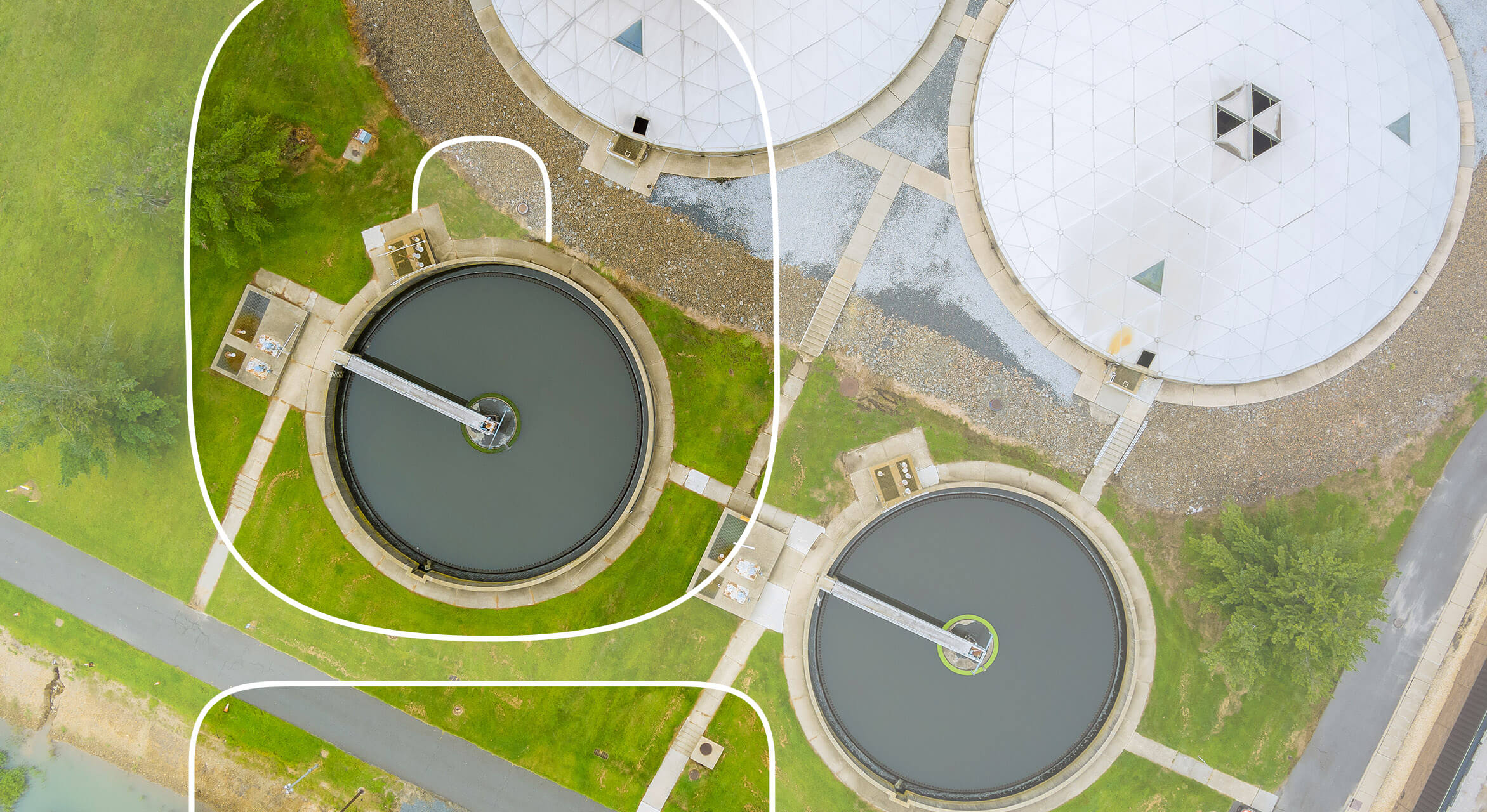How Wastewater Treatment Can Enhance Resource Reuse Opportunities
How Wastewater Treatment Can Enhance Resource Reuse Opportunities
Blog Article
Comprehending Wastewater Treatment Processes and Their Environmental Effect
The complexities of wastewater therapy procedures play an essential duty in mitigating ecological challenges linked with water pollution. Each stage, from preliminary to advanced therapies, is made to resolve particular impurities, inevitably guarding both public health and water ecosystems.
Introduction of Wastewater Treatment
How is wastewater transformed into a safe resource for the setting? Wastewater therapy is an important procedure designed to get rid of pollutants from made use of water, thus safeguarding public health and wellness and safeguarding environments. This procedure begins with the collection of wastewater from residential, industrial, and industrial resources, which is then routed to treatment centers.
At these facilities, various physical, chemical, and biological approaches are utilized to deal with the wastewater. Initial testing eliminates huge debris, complied with by sedimentation to separate larger solids. Consequently, organic therapies, such as triggered sludge procedures, use bacteria to break down natural matter. These techniques not just decrease toxin degrees yet also facilitate the recuperation of valuable nutrients.
The dealt with effluent can be securely discharged into natural water bodies or reused for irrigation and commercial functions, promoting resource conservation. Furthermore, the treatment process creates biosolids, which can be repurposed as plant foods or soil changes, further improving sustainability.
Stages of Therapy Processes
The wastewater therapy procedure usually includes three key stages: initial, primary, and secondary therapy. Each stage offers an unique function in reducing the pollutant tons and making certain the effluent meets ecological criteria prior to discharge.

The main treatment stage concentrates on the physical separation of suspended solids from the wastewater. Via sedimentation, much heavier fragments settle at the bottom of sedimentation tanks, forming sludge, while lighter materials, such as oils and greases, float to the surface area and are skimmed off. This procedure significantly reduces the natural and inorganic load in the wastewater.
Secondary therapy is an organic procedure aimed at more reducing the concentration of natural matter. This stage is crucial for achieving the required biochemical oxygen demand (FIGURE) reduction, ultimately leading to cleaner effluent ready for discharge or additional therapy.

Advanced Treatment Technologies
Following the second therapy processes, progressed treatment modern technologies play a vital role in more boosting the quality of treated wastewater. These technologies are made to eliminate recurring contaminants that are not efficiently gotten rid of during primary and second treatments, making certain the effluent satisfies rigorous governing standards.
Amongst the extensively utilized innovative treatment methods are membrane layer filtering, reverse osmosis, and progressed oxidation processes. Membrane layer purification, consisting of microfiltration and ultrafiltration, works in separating fine fragments, virus, and colloids from the water (Wastewater). Reverse osmosis utilizes semi-permeable membranes to remove liquified solids, causing high-grade water suitable for various applications
Advanced oxidation processes (AOPs) see here use solid oxidants to break down natural toxins, including pharmaceuticals and individual treatment items that are resistant to standard treatment. These techniques improve the biodegradability of complicated compounds, facilitating their removal.
Another significant innovation is using organic nutrient elimination processes, which read here particularly target nitrogen and phosphorus, avoiding eutrophication in obtaining water bodies. On the whole, advanced therapy innovations are necessary for achieving greater levels of filtration, promoting water reuse, and guarding public wellness while dealing with the difficulties associated with wastewater monitoring.
Ecological Benefits of Treatment
Various environmental benefits emerge from reliable wastewater therapy processes that add to ecosystem health and sustainability. Mostly, these processes dramatically decrease the launch of hazardous pollutants into all-natural water bodies, which helps maintain water environments. By removing pollutants such as heavy steels, nutrients, and pathogens, dealt with wastewater alleviates the danger of waterborne diseases and promotes biodiversity in aquatic settings.
Moreover, wastewater treatment centers typically use sophisticated technologies that allow water recycling and reuse. This technique not only conserves fresh water resources yet additionally reduces the need on all-natural water materials. Improved nutrient elimination from wastewater can likewise avoid eutrophication, a process that results in algal blooms and subsequent oxygen depletion in water systems.
Additionally, efficient treatment processes can lessen greenhouse gas exhausts, especially methane and laughing gas, which are frequently released throughout without treatment wastewater pop over to this web-site decay. By recording and utilizing biogas from anaerobic digesters, facilities can convert waste right into sustainable power, consequently adding to a reduction in nonrenewable fuel source dependence.
Challenges and Future Fads
While the ecological advantages of wastewater therapy are clear, several challenges continue that hinder optimum results in this area. One significant problem is maturing framework, which commonly leads to inefficiencies and raised functional expenses - Wastewater. Lots of therapy plants were made decades ago, and their capacities do not straighten with contemporary demands, that include more stringent regulative criteria and higher quantities of wastewater due to urbanization

Looking in advance, there is a growing focus on resource recovery and circular economic climate principles within wastewater treatment. Advancements such as anaerobic digestion, which can create biogas, and advanced purification innovations are getting grip. These techniques not only boost therapy efficiency but also advertise sustainability.
Inevitably, addressing these obstacles requires cooperation among stakeholders, investment in modern technology, and a commitment to continuous research. By embracing these patterns, the wastewater treatment field can advance to satisfy the needs of a transforming setting and culture.
Conclusion
In verdict, wastewater therapy processes play an important function in enhancing ecological quality and public health and wellness. The multi-stage treatment structure, paired with sophisticated innovations, properly reduces pollution and advertises sustainable water monitoring.
Report this page